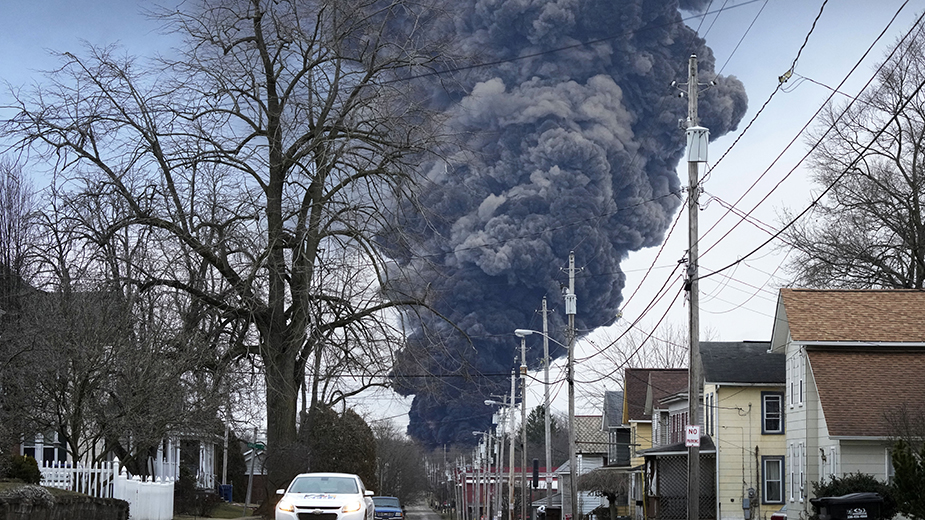US Inflation Cooled in May in Sign That Price Pressures May Be Easing
By CHRISTOPHER RUGABER AP Economics Writer
WASHINGTON (AP) – Inflation in the United States eased last month in a hopeful sign that a pickup in prices that occurred early this year may have passed. The trend, if it holds, could move the Federal Reserve closer to cutting its benchmark interest rate from its 23-year peak.
Consumer prices excluding volatile food and energy costs – the closely watched “core” index – rose 0.2% from April to May, the government said Wednesday. That was down from 0.3% the previous month and was the smallest increase since October. Measured from a year earlier, core prices rose 3.4%, below last month’s 3.6% increase.
Fed officials are scrutinizing each month’s inflation data to assess their progress in their fight against rising prices. Even as overall inflation moderates, such necessities as groceries, rent and health care are much pricier than they were three years ago – a continuing source of public discontent and a political threat to President Joe Biden’s re-election bid. Most other measures suggest that the economy is healthy: Unemployment remains low, hiring is robust and consumers are traveling, eating out and spending on entertainment.
The Fed has kept its key rate unchanged for nearly a year after having rapidly raised it in 2022 and 2023 to fight the worst bout of inflation in four decades. Those higher rates have led, in turn, to more expensive mortgages, auto loans, credit cards and other forms of consumer and business borrowing. Though inflation is now far below its peak of 9.1% in mid-2022, it remains above the Fed’s target level.
Persistently elevated inflation has posed a vexing challenge for the Fed, which raises interest rates – or keeps them high – to try to slow borrowing and spending, cool the economy and ease the pace of price increases.
The longer the Fed keeps borrowing costs high, the more it risks weakening the economy too much and causing a recession. Yet if it cuts rates too soon, it risks reigniting inflation. Most of the policymakers have said they think their rate policies are slowing growth and should curb inflation over time.
Inflation had fallen steadily in the second half of last year, raising hopes that the Fed could pull off a “soft landing,” whereby it manages to conquer inflation through higher interest rates without causing a recession. Such an outcome is difficult and rare.
But inflation came in unexpectedly high in the first three months of this year, delaying hoped-for Fed rate cuts and possibly imperiling a soft landing.
In early May, Chair Jerome Powell said the central bank needed more confidence that inflation was returning to its target before it would reduce its benchmark rate. Several Fed officials have said in recent weeks that they needed to see several consecutive months of lower inflation.
Some signs suggest that inflation will continue to cool in the coming months. Americans, particularly lower-income households, are pulling back on their spending. In response, several major retail and restaurant chains, including Walmart, Target, Walgreen’s, McDonald’s and Burger King, have responded by announcing price cuts or deals.
Pictured at top: A shopper pauses at a display in a furniture store in Englewood, Colo., on June 2, 2024. (AP Photo | David Zalubowski)
Copyright 2024 The Associated Press. All rights reserved. This material may not be published, broadcast, rewritten or redistributed.



